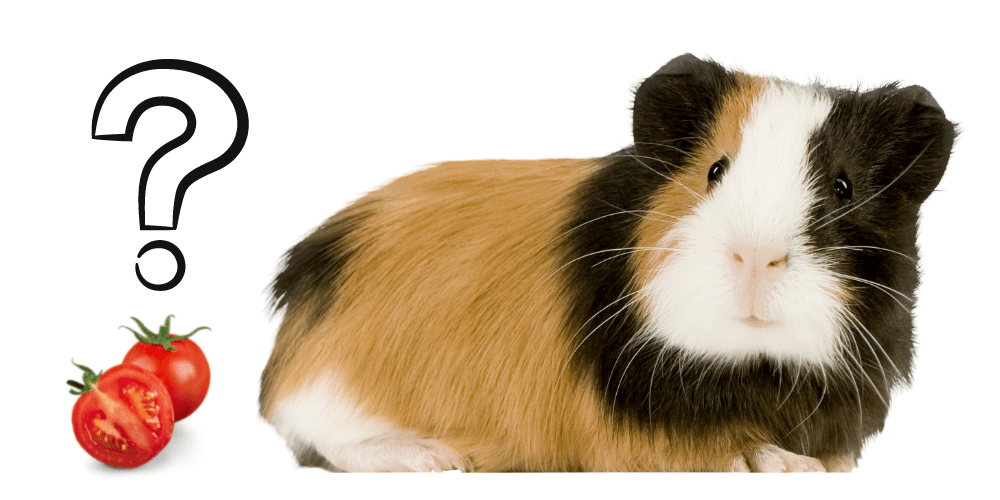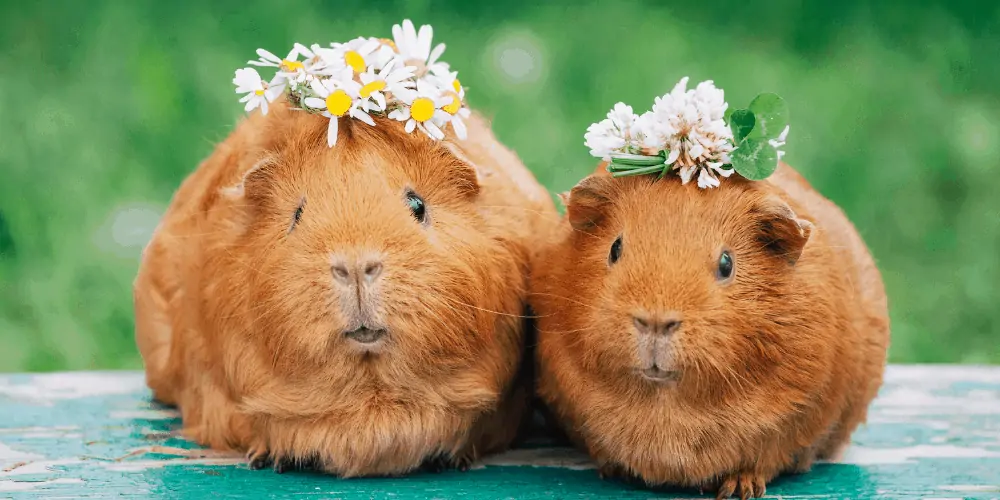I’ve found plenty of guides for guinea pig feeding that tell you they need a varied and balanced diet but often don’t go into too much detail.
I wondered whether guinea pigs could eat slightly acidic foods like tomatoes.
So, can guinea pigs eat tomatoes?
Guinea pigs can eat tomatoes, but they should be given in moderation. Tomatoes are high in acid and sugar and are not part of a guinea pig’s diet. Feeding too many tomatoes can cause digestive upset and diarrhea. It’s best to use them as an occasional treat.
Whether guinea pigs can eat tomatoes got me wondering what other acidic fruits and vegetables you can feed to guinea pigs and what are acceptable quantities of these.
Read on to find out more.
Feeding Tomatoes to Guinea Pigs
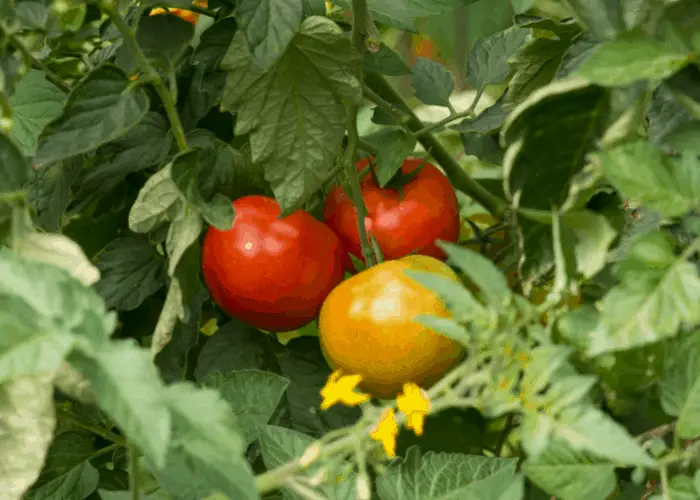
After giving my guinea pigs tomatoes for the first time, I was surprised by how much they liked them.
One of my guinea pigs even took their share off to another part of the cage so they could eat it without being interrupted.
This should give you some indication of how popular tomatoes are with guinea pigs.
I found that cherry tomatoes are the best because they’re easiest to portion control when it comes to portion size.
One cherry tomato per guinea pig is a good-sized portion, so use this as your guideline. If you’re using another type of tomato, like the plum tomato, make sure you cut them into smaller pieces for better portion control.
It’s up to you to cut the cherry tomatoes in half for your guinea pigs. I’ve tried both and found it doesn’t make too much difference.
Although the skin on a tomato isn’t thick, leaving them whole does give your pets something to work at, more so than if they have pieces.
A benefit of cutting them in half is that it gives you a chance to remove the water inside of a tomato.
While this won’t necessarily cause any issues for your guinea pig’s digestion, too much of the acidic and watery inside part of the tomato plant can lead to an upset stomach.
I’ve tried giving my guinea pigs tomatoes with and without the innards, and they don’t seem to mind much either way.
The most important thing to remember with giving your guinea pigs tomatoes is never to give them the vine or stalks of the tomato plant because these parts are poisonous.
I’ve never tried giving my guinea pigs tomato stalks, but I imagine they would eat them. So make sure you permanently remove them, as the last thing you want is a sick guinea pig.
As with all fruit and vegetables, make sure you wash the tomatoes thoroughly before giving them to your guinea pig to eat.
Tomatoes are sprayed with pesticides, and while we’re slightly more tolerant to these chemicals, they can be very dangerous for a small guinea pig.
Also, make sure you remove any uneaten tomatoes after a few hours because they can be a breeding ground for bacteria and flies.
RELATED ARTICLES:
Guinea Pigs and Acidic Food
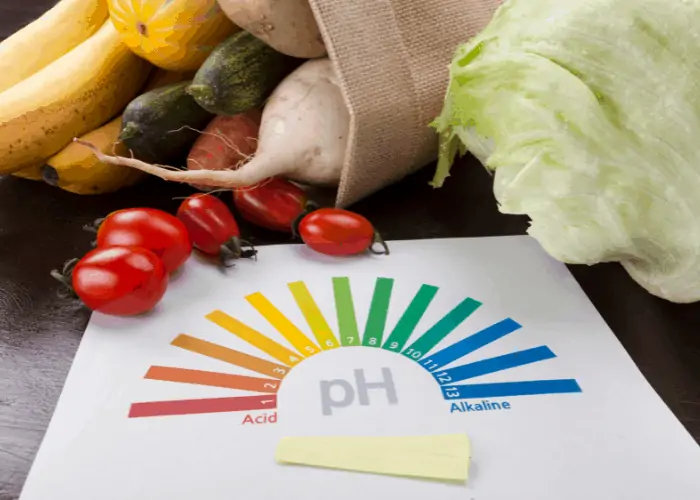
You may have found that if you overeat acidic food, it can give you heartburn.
While researching this topic, I thought about whether this is also a problem for guinea pigs and whether you need to control the number of acidic foods you give them.
While I couldn’t find any information on whether guinea pigs can get heartburn (which I think is unlikely), I did find out some exciting information about feeding them acidic foods.
The most common source of acidic food you’ll give your guinea pigs is likely to be citrus fruit, such as oranges, tangerines, clementines, and so on.
Guinea pigs don’t produce their vitamin C or ascorbic acid and need plenty of it in their diet. And, as we all know, citrus fruit is an excellent source of vitamin ascorbic acid.
However, the acidity of these fruits means you should limit feeding to once or twice a week.
Too much, and your guinea pigs will develop sores around their mouth from the citric acid, which is painful and isn’t treatable.
Unlike people, guinea pigs can’t tell you the problem is there, so it’s best to avoid it happening in the first place.
The other thing to consider about these acidic fruits is their high sugar content.
Guinea pigs are particularly prone to obesity, so you should limit the amount of sugar in their diet. It’s much better to source their vitamin C from vegetables, which I’ll discuss below, or supplement drops in their water.
Because acidity levels can be a problem for guinea pigs, it’s best to avoid acidic fruits like lemons and grapefruit.
These will lead to mouth sores and upset the guinea pig’s digestive system, so avoid them altogether. Oranges are about the limit to acidity, and if you’re ever in doubt, avoid something altogether.
Vitamin C and Guinea Pigs
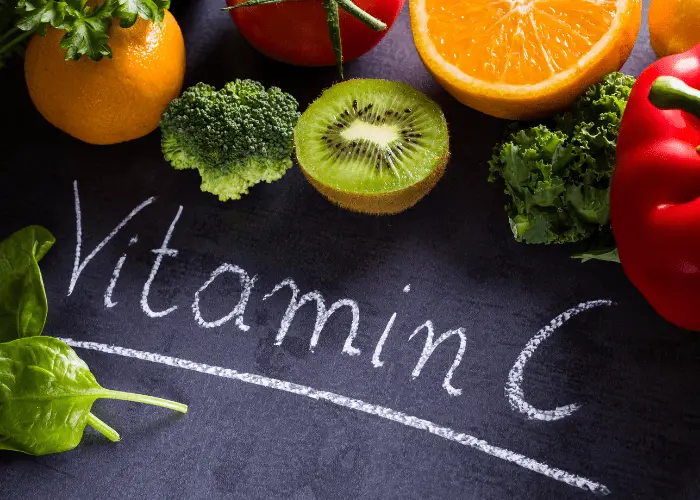
Considering a guinea pig’s daily diet of around 30mg of vitamin C, knowing the best fruits and vegetables to feed them is good.
However, I’ve also found that in the quantities you can feed a guinea pig, giving them the right amount of vitamin C is difficult, so it’s worth having supplement tablets on hand too.
Here are some of the best fruits and vegetables that are rich in vitamin C:
- Tomatoes(contain around 20 milligrams of Ascorbic acid)
- Bell peppers
- Kale
- Spinach
- Parsley
- Kiwi
- Peas
- Broccoli
- Cauliflower
Although these are all good sources of vitamin C and safe for guinea pigs, you should avoid overfeeding their vegetables, such as kale, spinach, and cauliflower.
Kale and spinach have high levels of iron, which can be damaging to your guinea pigs. Cauliflower is an issue because it can cause bloating. However, you can still feed these vegetables once or twice a week.
As I mentioned above, be sparing with the amount of fruit you give because it’s high in sugar.
Fruit should be given more sparingly than vegetables, and I only usually give fruit as a treat once or twice a week, whereas I give some leafy greens I provide daily.
It’s also worth knowing that most guinea pig pellets have vitamin C in them, but it’s quite a volatile vitamin and so breaks down over time.
To combat this, keep your pellets in a cool, dry place, but expect some nutrient deterioration after a few weeks.
Dangerous Foods for Guinea Pigs
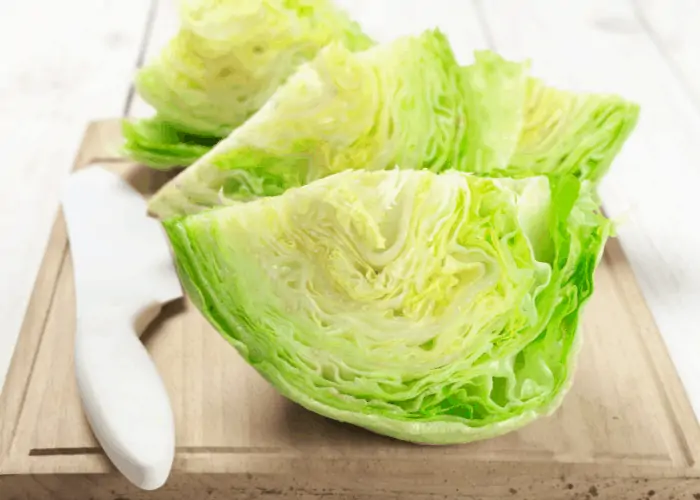
Tomato vines and stalks are poisonous to guinea pigs and can quickly lead to illness.
This is because there are compounds in the vines in such high concentration that your guinea pig will essentially overdose on them, which no one wants.
There are other vegetables that you should avoid, too, including:
- Sprouted potatoes and potato skins
This should also include all parts of the potato plant, but anything green on a potato is toxic to guinea pigs. I tend to avoid feeding them potatoes altogether because nothing benefits guinea pigs.
- Iceberg lettuce
Iceberg has very high water content and so it can lead to upset stomachs. Also, like potatoes, there’s very little nutrition in iceberg lettuce, so avoid it altogether.
- Green tomatoes
These contain toxins that will be damaging to your guinea pig. This point goes for pretty much any fruit or vegetable. In general, things are better to be overripe than under-ripe.
- Cooked fruit and vegetables
It might be tempting to give your guinea pigs some leftover cooked veg. However, you shouldn’t because guinea pigs can’t process it once cooked, likely leading to constipation.
- Unidentified weeds
Guinea pigs love dandelion leaves and grass but avoid the temptation to give them anything from the garden simply because it’s green. There are plenty of very harmful garden plants, so err on the side of caution.
Conclusion:
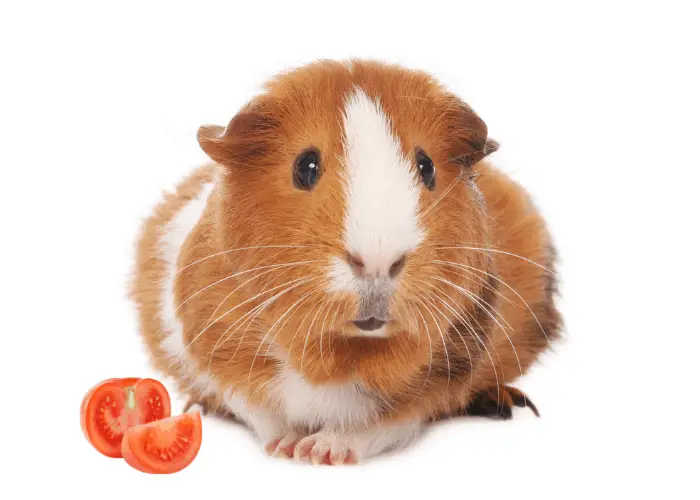
Not only can guinea pigs eat tomatoes, but I’ve found that they love it
However, make sure you avoid feeding them anything green from tomatoes and make sure they’re always appropriately washed.
Also, be careful with how much acidic food you give your adorable guinea pig because it can lead to stomach issues.
Do you want to learn more?
RELATED QUESTIONS:
1. Can guinea pigs eat regular tomatoes?
Guinea pigs can eat all kinds of tomatoes, but if you’re giving them large ones, I’d recommend scooping out the inside first, as this can lead to upset stomachs.
2. Can guinea pigs eat carrots?
Guinea pigs love carrots, but their high sugar levels mean you should be sparing with how much you give them. Guinea pigs can eat the whole carrot, including the peel.
3. Can guinea pigs eat cucumber daily?
Guinea pigs love eating cucumber, and they’re generally quite good for them, avoid daily feeding because their high water content can lead to diarrhea. I recommend two or three times a week as a good number.
REFERENCES:
1. 4 nutrient requirements of the guinea pig – NCBI bookshelf. (n.d.). Retrieved January 23, 2023, from https://www.ncbi.nlm.nih.gov/books/NBK231932/

